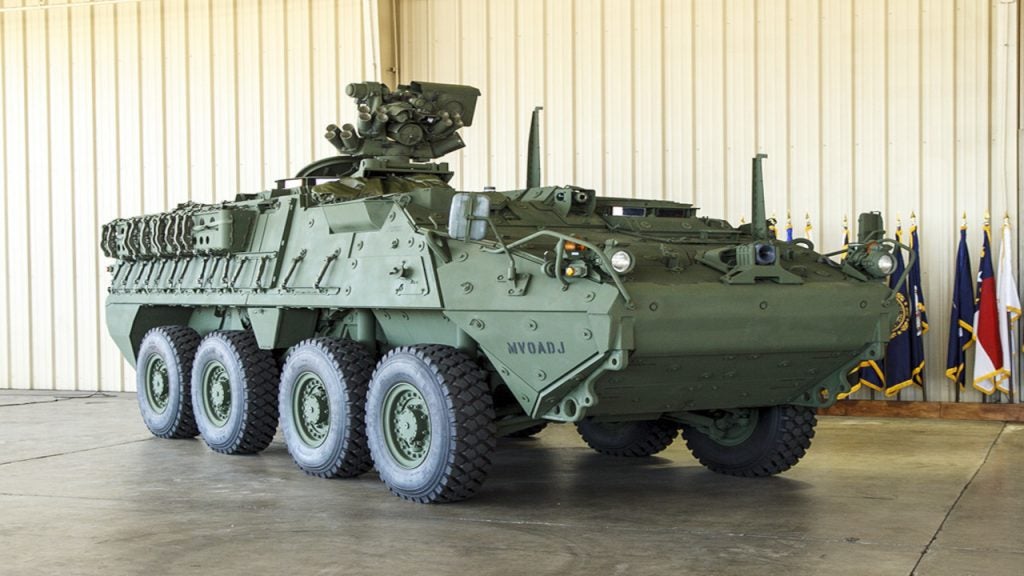

The Indian defence market is one of the most attractive globally with the country being the highest arms importer during the period 2009-2013. According to the Strategic Defence Intelligence report The Future of the Indian Defence Industry – Market Attractiveness, Competitive Landscape and Forecasts to 2019, the market is expected to grow at a CAGR of 9.83% during the period 2015-2019 with a cumulative spending of $241.2 billion.
The country is expected to present ample business opportunities for OEMs in the areas of multi-role aircraft, training aircraft, infantry fighting vehicles (IFVs), frigates, ballistic missile submarines, ammunition, air defence systems, military infrastructure and military rotorcraft among many others.
In spite of this encouraging economic scenario, public consensus on the outgoing UPA government is one of distrust, dismay and disillusionment. Nowhere is this sentiment more evident than in the workings of the defence ministry, which, in the last decade has been plagued with allegations of corruption, delays in crucial procurements and a general decay in the country’s security environment.
The last few years have witnessed various scandals such as the Ordnance Factory Board scam, Tatra-BEML military vehicle procurement, VVIP choppers and the recent Rolls-Royce-HAL kickback scandal. As a result, nine OEMs including four major international companies such as Rheinmetall Air Defence (RAD), Singapore Technologies Kinetics (STK), Israel Military Industries (IMI) and Corporation Defence Russia (CDR), have been blacklisted by the government.
Critical shortages for the armed forces
Further, India’s Armed Forces are currently facing critical shortages in various areas such as ammunition, air defence systems, light helicopters, artillery guns, hand grenades, conventional submarines and fighter aircraft. These shortages have been compounded by the stalling of various procurement programmes including 145 M777 Light Howitzers, 22 AH-64 Apache and 12 CH-47F Chinook helicopters and 126 Rafale medium multi-role combat aircraft (MMRCA), due to the lack of adequate funds.
How well do you really know your competitors?
Access the most comprehensive Company Profiles on the market, powered by GlobalData. Save hours of research. Gain competitive edge.

Thank you!
Your download email will arrive shortly
Not ready to buy yet? Download a free sample
We are confident about the unique quality of our Company Profiles. However, we want you to make the most beneficial decision for your business, so we offer a free sample that you can download by submitting the below form
By GlobalDataSignificant progress has been made in nuclear disarmament and non-proliferation – but is the world a safer place?
Issues such as red-tapism and bureaucratic lethargy are other perennial problems that have hampered the growth of the country’s defence industry.
In spite of the current grim scenario, the results of the recent national election have proved to be a shot in the arm for the country as a whole. With the BJP coming into power under the leadership of Narendra Modi, India’s defence industry has been receiving a significant share of the post electoral buzz. Indian military officers and defence analysts alike are optimistic about the government’s strong pre-poll stance on getting the country up to speed with its military requirements.
Initial reports coming out of the NDA government point towards the formation of a long term vision for the country’s Armed Forces in order to enhance their conventional and non-conventional capabilities on land, sea and air, and in space. What augurs well for the country’s military establishment, though, is the elections saw the BJP gain absolute majority, winning 282 of 545 seats, demonstrating that it has the required political muscle to take strategic decisions on defence procurements and policies.
The future of India’s armed forces – higher budget allocations
The action plan prepared by the NDA government has sought a 25% hike in defence budget allocations effectively overriding the interim budget announced by the UPA in February 2014. The increased funding is expected to be used to hasten the process of completing order backlogs and initiate the creation of three new tri-Service commands for space, cyber and Special Forces.
The money is expected to be used to pay the first instalments of various procurements such as the US$1 billion procurement of six additional C-130J Super Hercules aircraft, 22 Apache attack helicopters (US$1.4 billion), 15 Chinook heavy lift helicopters (US$1 billion) and 145 M-777 ultra-light howitzers (US$885 million). In addition, the plan to procure 126 Rafale MMRCA which is currently in its final stages is expected to get a go ahead mandating the payment of US$1.7 billion as its first instalment.
Other important projects expected to gain momentum include:
– US$6.7 billion capital spending to raise the XVII Mountain Strike Corps
– US$4.5 billion capital spending to develop infrastructure on the northern borders with China
– Upgrading airbases like Nyoma and Kargil as well as advanced landing grounds in the eastern sector
– Infrastructure for the Andaman and Nicobar Command
Focus on strategy instead of money
One of the strongest military messages sent out by the new government point towards a new foreign policy that will look not to destabilize an already volatile neighbourhood with immediate large scale procurements but actually focus on continuous and sustained acquisitions in order to build a mission ready task force that can be deployed at short notice. This is in complete contrast to the situation under the UPA regime which could not deploy the army to respond to the 2008 Mumbai terror attacks as it was short on key tank ammunition, air defence artillery and artillery holdings. The volatile situation with China is also expected to be a key factor driving military strategy for the NDA government.
Building sufficient military deterrence capabilities to counter China’s meteoric military growth and that too at a time of economic difficulties, is sure to take a heavy toll on the already burdened economy. However, the government is expected to shift its focus from solely importing new weapons to following a more functional and effective strategy of integrating the capabilities of the Army, Navy and Air Force in a bid to extract maximum efficiencies from existing and planned procurements.
Lastly, revenue spending is another area likely to receive a boost with the government committed to taking steps to boost the morale of the soldiers. Allocations for revenue spending which is responsible for essentials such as day to day functioning and salaries, are expected to be bolstered when the new budget is announced in the next couple of months.
Reduced reliance on imports
India’s over reliance on defence imports, which currently stand at nearly 70%, is one of the primary factors hampering industry growth. The way forward then is to strengthen the indigenous manufacturing capacity either by allocating more R&D funds to the DRDO or/and by increasing the nation’s cap on sector FDI from the current 26% to 49%. The Defence Research and Development Organisation (DRDO) has called for an immediate and significant increase in the outlay for research activities as the development of a new weapon system would take about a decade.
The shape of ground warfare is set to change radically over the next few decades.
This seems to be in line with the NDA’s manifesto which outlines the government’s desire to enhance private sector participation and investment. The government is also expected to encourage higher FDI in selected defence sectors with stringent offset implications, in a bid to attract advanced technological knowhow. That said, dependence on imports is likely to continue over the next decade as the focus now is expected to be on making base structural reforms which will help in a smooth transition to the future incorporation of advanced technologies.
Defence Industrial Policy reform
The last decade has witnessed a gradual disintegration of the Indian Armed Forces with the NDA government taking over a largely dysfunctional military as per officials of the Indian Army. Even though A.K. Antony emerged as the country’s longest serving defence minister, there is a general consensus on his lack of decisiveness when it came to making strategic military decisions owing primarily to his risk averse policies. Contracts were cancelled and defence companies were blacklisted in an effort to clean up the largely corrupt system. This resulted in the country possessing 20th century weapons but 21st century ambitions.
Further, the Defence Procurement Procedure (DPP) which was amended several times to strengthen transparency in buying arms, still remains inherently flawed with each acquisition required to go through multiple layers of bureaucracy that exist in four departments of the Ministry of Defence (MoD) as well as its Finance Wing, and finally in the Ministry of Finance. The NDA government is expected to make radical reforms to the procurement process in an effort to reform the Defence Industrial Policy (DIP).
Budget allocations to the DRDO are expected to increase, the procurement process is expected to be relieved of red-tapism and the negative effects of bureaucracy, critical programs are expected to be prioritized and the defence ministry and public defence contractors are likely to be incentivized, in order to strengthen indigenous manufacturing and ensure timely delivery of equipment.


.gif)





